Tennis, with its fast-paced rallies and strategic gameplay, has captured the hearts of millions around the world. However, for those new to the sport, the intricate web of terminology used in tennis can be overwhelming.
From the various strokes to court positions, scoring systems to match situations, understanding the language of tennis is essential to fully appreciate and engage with the game. In this comprehensive guide, we will decode the complex terminology of tennis, making it accessible to players and fans alike. So grab your racket and get ready to explore the fascinating world of tennis!
Fundamental Tennis Strokes
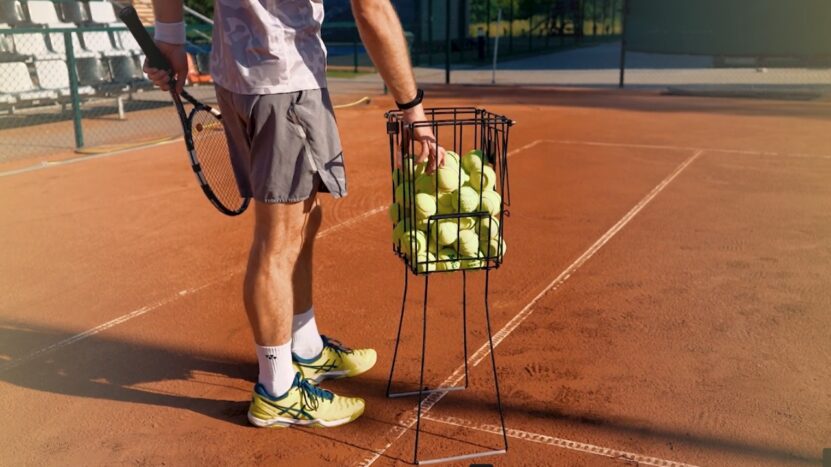
To comprehend the language of tennis, it is crucial to familiarize ourselves with the fundamental strokes used in the game. These strokes are the building blocks of a player’s repertoire, shaping their style and strategy on the court. The forehand, a stroke executed on the dominant side of a player’s body, involves a forward swing of the racket. The backhand is executed on the non-dominant side, requiring a backward swing.
The serve, a shot used to initiate each point, involves a player tossing the ball into the air and striking it with precision. The overhead, often employed to counter lobs, requires the player to hit the ball overhead with a forceful downward motion. By understanding these strokes, players can begin to decipher the dynamic language of tennis and expand their tactical arsenal.
Court Layout
The tennis court, with its meticulously marked lines and distinct areas, is a stage upon which players perform their craft. Familiarity with the court’s layout is vital for players to execute shots effectively and strategically maneuver during a match. The baseline positioned parallel to the net at the ends of the court, serves as a reference point for players during rallies.
The service box, present on both sides of the net, determines the area in which serves must land to be considered legal. The net, positioned at the center of the court, is a constant barrier that players must navigate skillfully. The ad court and the deuce court, named after scoring terminologies, divide the court into two halves. Understanding the court’s anatomy empowers players to make tactical decisions based on positioning and exploit their opponent’s weaknesses effectively.
Serving Up Success
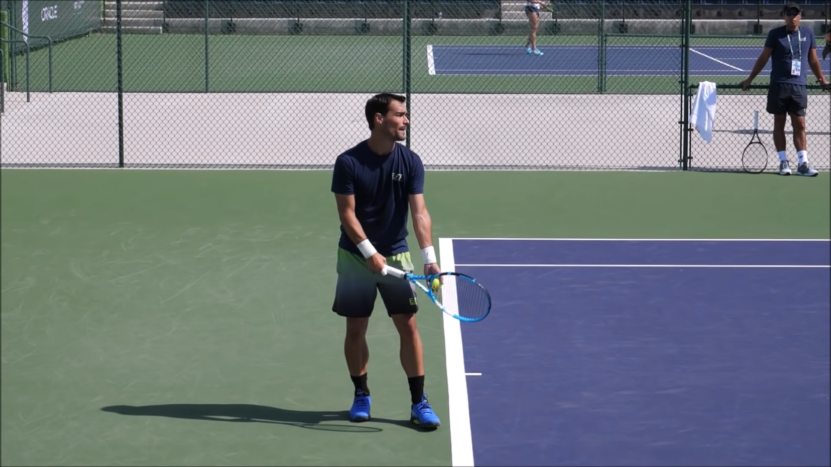
The serve, often described as the most critical shot in tennis, plays a significant role in determining a player’s success. Understanding the intricacies of the serve is crucial for players to gain an advantage and initiate each point on their terms. The first serve, typically more powerful and aggressive, aims to score an ace or force a weak return from the opponent.
The second serve, usually with less pace but more spin, prioritizes accuracy and placement to avoid double faults. Strategies such as the kick serve, which utilizes heavy topspin, or the slice serve, which imparts sideways spin, can add complexity to a player’s serve and keep opponents off balance. By grasping the nuances of the serve, players can become masters of this pivotal shot and dictate the flow of the game.
Rallying with Precision
Once the serve is in play, the game transitions into a rally, characterized by quick exchanges of shots between players. Rallying requires precise timing, footwork, and shot selection. The groundstroke, a shot hit after the ball has bounced once, is a fundamental aspect of rallying. The forehand and backhand groundstrokes, executed on the respective sides of a player’s body, can be played with topspin, imparting a forward rotation to the ball, or with slice, producing a backward spin.
The approach shot, a groundstroke hit while advancing toward the net, aims to put pressure on the opponent and set up a potential winning volley. By honing their rallying skills, players can engage in intense and exhilarating exchanges, showcasing their technical proficiency and mental resilience.
The Art of the Volley
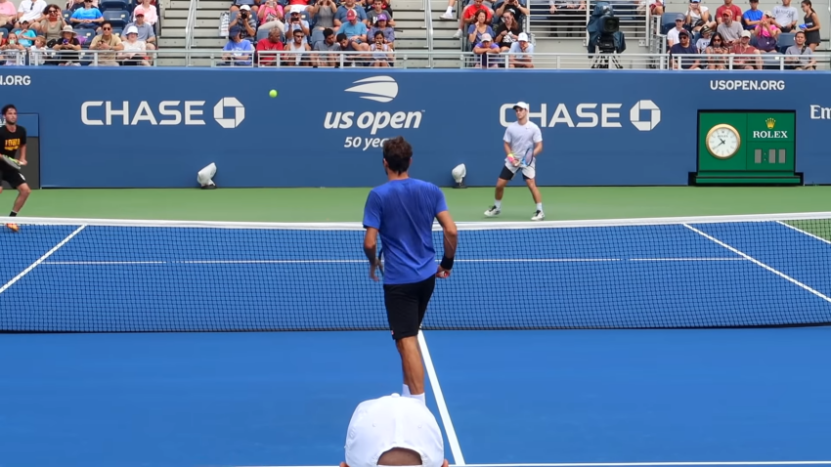
At the net, the game takes on a different dynamic, requiring players to showcase their agility and finesse. Volleys, and shots played before the ball bounces, demand quick reflexes and precise touch. The forehand volley, executed on the dominant side of a player’s body, allows for aggressive and forceful shots.
The backhand volley played on the non-dominant side often requires players to employ more finesse and control. The overhead volley, similar to the overhead shot, is utilized when the opponent’s shot is high, allowing players to hit a powerful shot downwards. By mastering the art of volleying, players can dominate the net, intercept their opponent’s shots, and finish points with flair.
Deconstructing the Drop Shot
The drop shot, a delicate and strategic shot, adds an element of surprise and finesse to a player’s arsenal. This shot involves softly striking the ball so that it barely clears the net and lands close to it on the opponent’s side. The drop shot aims to catch opponents off guard, forcing them to sprint forward and attempt a difficult retrieval.
Executing a drop shot successfully requires precise touch and an acute sense of timing. It is often employed as a tactical tool to disrupt an opponent’s rhythm or to exploit their positioning on the court. By understanding the intricacies of the drop shot, players can employ this deceptive shot to great effect and keep their opponents guessing.
Navigating the Net
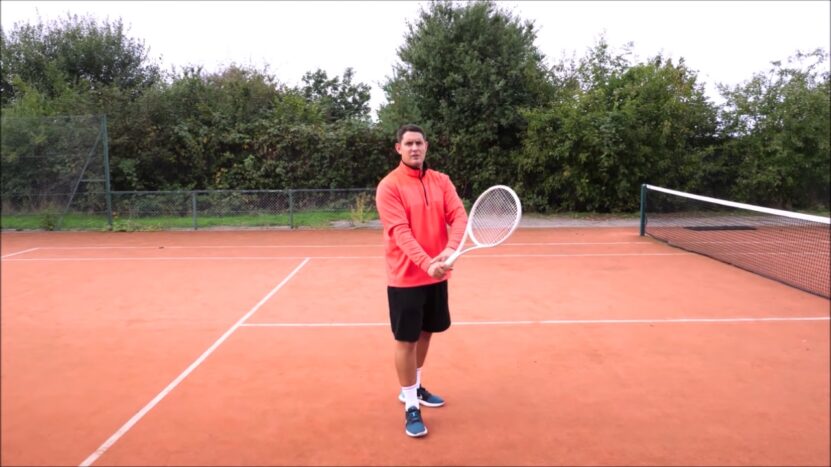
Approaching the net can be a strategic move in tennis, allowing players to put pressure on their opponents and seize control of the point. Netplay involves a range of shots and positioning strategies designed to maximize the advantages of being close to the net. The approach shot, as mentioned earlier, allows players to move toward the net after hitting a groundstroke.
Once near the net, players can execute volleys, intercepting the ball before it bounces. An effective volley can put pressure on opponents and force them into difficult defensive positions. Players must also be aware of the half-volley, a challenging shot where the ball is struck immediately after bouncing near the net. By navigating the net with confidence, players can demonstrate their versatility and exploit opportunities for winners.
Breaking Down the Lob
The lob, an aerial shot that sends the ball high over the head, is a useful tool. Players use it when the opponent is at the net. This allows the lobber to buy time and reset the point. The offensive lob aims to land the ball deep in the opponent’s court. This makes it extremely difficult to reach and potentially set up a winning shot.
The defensive lob is utilized to retreat from the net and regain a strategic position on the court. Mastering the lob requires careful judgment of timing, trajectory, and precision. By understanding the dynamics of the lob, players can disrupt their opponent’s rhythm and regain control of the point.
Strategy and Tactical Terminology

Tennis is not just a physical game; it is a mental battle that requires strategic thinking and adaptability. The language of tennis is replete with terminology that describes various strategies and tactics used to outwit opponents. The baseline game, characterized by consistent rallying from the back of the court, can be employed to wear down opponents and set up opportunities for winners. Conversely, aggressive net play, known as serve and volley, aims to capitalize on strong serves and finish points quickly.
A defensive strategy, such as counterpunching, involves absorbing an opponent’s pace and redirecting it with precision. The all-court game, often employed by versatile players, combines elements of baseline play and net play to maintain flexibility and keep opponents guessing. By comprehending these strategic terminologies, players can tailor their game plans to exploit weaknesses and adjust their tactics on the fly.
Scoring and Match Situations
Scoring in tennis can be bewildering for newcomers, but understanding the system is essential to following matches and comprehending match situations. A match is typically divided into sets, with each set comprising games. A game is won by scoring four points, with a unique scoring system in place. The terms “love” for zero, “15” for the first point won, “30” for the second, and “40” for the third point won are used. When the score is tied at 40-all, it is referred to as “deuce.”
Winning two consecutive points from deuce grants a player the advantage, and winning the subsequent point clinches the game. Sets are won by being the first to reach six games, with a two-game lead. In tiebreak situations, a special scoring system is employed to determine the winner of a set. Understanding the scoring system enables fans to fully appreciate the ebb and flow of matches and anticipate pivotal moments.
Advanced Tennis Terminology

As players progress and reach higher levels of competition, they encounter a wealth of advanced terminology that delves into the nuances of the game. Shot selection becomes more refined, with players employing strategies such as inside-out shots, where a player hits across their body to hit the ball to the opposite side of the court or drop volleys, which combine the element of surprise from a drop shot with the finesse of a volley.
Defensive skills are sharpened, with players utilizing defensive lobs, passing shots, and defensive slices to neutralize their opponent’s aggression. Advanced footwork techniques, such as the split step, enhance a player’s agility and explosiveness on the court. By delving into these advanced terminologies, players can elevate their game and take it to new heights.
Rules and Officiating
Tennis is a sport with a strict code of conduct that trained officials officiate very seriously. Understanding the rules and regulations ensures fair play and maintains the integrity of the game. The basic rules include the requirement to serve diagonally, the need for the ball to land within the boundaries of the court, and the prohibition of hindrance and interference.
Players are expected to adhere to etiquette, such as shaking hands at the end of the match and avoiding unsportsmanlike conduct. Officials, including the chair umpire and line judges, ensure fair play by making line calls and enforcing the rules. Familiarity with the rules and officiating practices empowers players and fans to actively engage in the sport and appreciate its inherent fairness.
Common Jargon and Slang Used in the Community
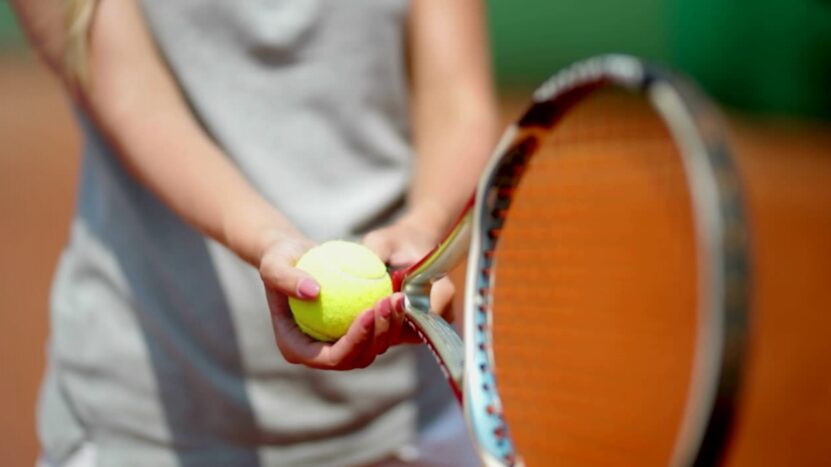
The tennis community, like any other, has developed its jargon and slang over the years. Familiarizing oneself with these terms not only enhances communication but also fosters a sense of belonging within the community. “Deuce,” as mentioned earlier, signifies a tied score of 40-all.
“Breakpoint” refers to a situation where the receiving player has the opportunity to win the game when the server is at a disadvantage. “Bagel” is a set player wins without dropping a game. “Golden set” describes a set won without losing a single point. These terms, along with countless others, add color and camaraderie to the tennis lexicon, connecting players and fans worldwide.
Terms for Effective Doubles
Doubles tennis, a thrilling and dynamic format, introduces its own set of terminologies focused on effective communication and coordination between partners. “Poaching” refers to a player at the net intercepting a shot intended for their partner. “Switching” involves partners changing positions during the point to exploit weaknesses or adjust to specific shot placements.
“Alley” designates the additional space on the sides of the court used exclusively in doubles matches. “Partner up” is a common phrase that indicates which player should cover which part of the court. By understanding and utilizing these doubles-specific terminologies, players can enhance their teamwork, anticipate each other’s movements, and execute successful strategies on the doubles court.
Final Words
Tennis, with its rich history and global popularity, has a language all its own. From fundamental strokes to advanced strategies, understanding the complex terminology of tennis is vital for players and fans alike.
By decoding the intricacies of the game, we have unraveled the mysterious language that surrounds tennis. The game is accessible and enjoyable for all but the language around may not show it. Whether you are a seasoned player or a novice fan, it is a captivating sport. Let the language of tennis guide you on a captivating journey through the world of this remarkable game.

